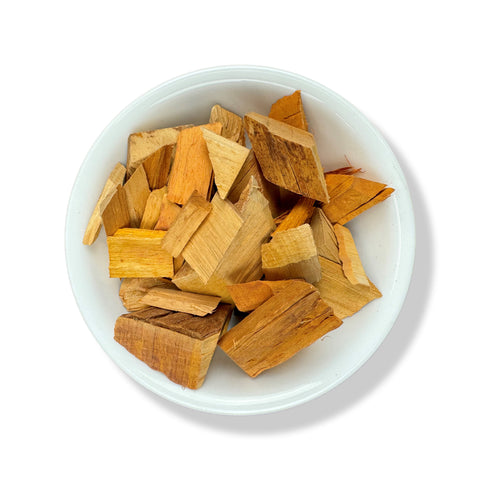
Tejocote (Hawthorn Chips)
- + Buy ANY 5 Products, Get 1 Free! *BULK Products Included*
- + 15-Day Money Back Guarantee
- + Get It Fast! Orders Ship Same Day
![]()
Botanical Name: Crataegus spp.
Origin: Mexico
Embrace the natural vitality of Tejocote, also known as Hawthorn Chips, sourced from the fertile lands of Mexico. With its deep-rooted cultural significance and potential health benefits, Tejocote has been cherished for centuries by indigenous communities. Our premium Tejocote chips offer a glimpse into Mexico's botanical heritage, providing a versatile and potent herb for various wellness applications. Discover the holistic properties of Tejocote and embark on a journey towards enhanced well-being.
Benefits
- Heart health support
- Digestive support
- Promotes healthy metabolism function
These statements have not been evaluated by the Food and Drug Administration. This product is not intended to diagnose, treat, cure, or prevent any disease.
This product is intended for nutritional support. If pregnant, nursing, or taking medication, please consult with a health professional before use.
Keep out of reach of children.

